Sixty-five years ago this week, on 5 March 1960, photographer Alberto Korda took two photos of Argentinian figure Che Guevara at a gathering held in remembrance of those lost in the explosion on the French freighter ‘La Coubre’ in Havana’s harbor. Guevara, then 31 years old, was serving as Minister of Industries at the time. The newspaper chose not to use the photo, opting instead for Korda’s shots of Castro, Sartre, and Beauvoir, returning the image of Guevara to him. However, Korda recognized the striking quality of the image, cropped and enlarged the photo, and displayed it in his home next to a portrait of Chilean poet Pablo Neruda. Little did he know that this image would eventually become one of the most recognized photographs in history, appearing in various forms—from prints and digital media to t-shirts, artwork, and posters—for decades.
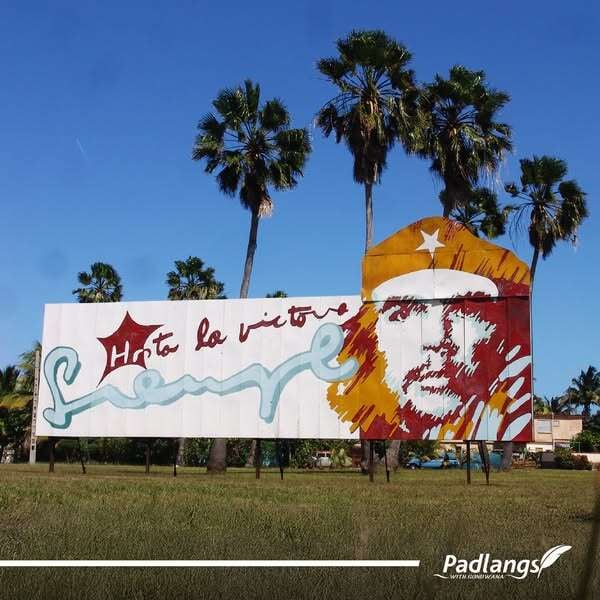
Even in my early student days, this image had a strong impact on me. Although Guevara had differing opinions about him, for me, the photo stood as a symbol against inequality. It touched the inner rebel many of us have and resonated with countless people worldwide. When I later visited Cuba, I naturally purchased a t-shirt with the image printed on it. I still have it and can be seen wearing it in a photo taken with Max Pavo at Cassinga in a moment of reflection.
The story behind the photo is intriguing. The striking image of Guevara in his jacket and beret, adorned with the inverted brass star, remained on Korda’s wall for seven years. He occasionally shared the image with friends, and it was published in a few small Cuban outlets. In 1967, a print found its way to Italian publisher Giangiacomo Feltrinelli. By then, Guevara had gained significant attention, and his whereabouts were being closely followed. Feltrinelli had acquired the rights to publish Guevara’s Bolivian diary and was searching for images of him. He approached Cuban officials, who directed him to Korda. Knowing that the 1960 photo was his most powerful capture, Korda provided two prints to Feltrinelli as a show of support—free of charge.
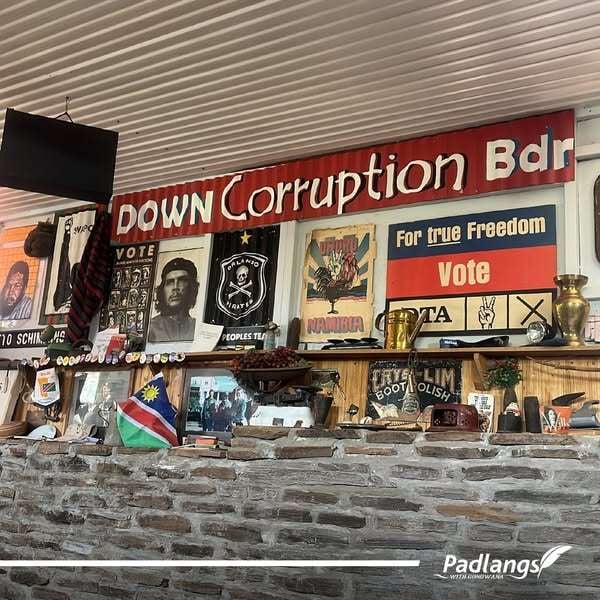
Upon returning to Italy, Feltrinelli printed thousands of posters to spread awareness of Guevara’s situation. After Guevara’s passing on 9 October 1967, the ‘Bolivian Diary’ was published with the photo on its cover. Posters promoting the book were distributed, credited to Feltrinelli, with no mention of Korda as the photographer. The image, often stylized, soon spread across the world, growing in popularity.
Korda never received financial compensation for the photo but remained proud to have taken such an iconic shot, believing it represented his values. However, he opposed its use in promoting commercial products he felt Guevara would not have supported. He told reporters: “I am not against its reproduction by those who wish to preserve his memory and the call for fairness across the world, but I strongly oppose the misuse of his image for marketing items such as alcohol or anything that distorts his legacy.” Korda successfully sued an advertising agency that had done just that, donating the settlement to Cuban healthcare, stating that “if Che were still here, he would have done the same.”
The well-known image found its way across the globe, even to Gondwana’s Etosha Safari Camp’s ‘Down Corruption Bar,’ where it hangs alongside photos of Dr. Sam Nujoma and snapshots from Namibia’s journey to independence.
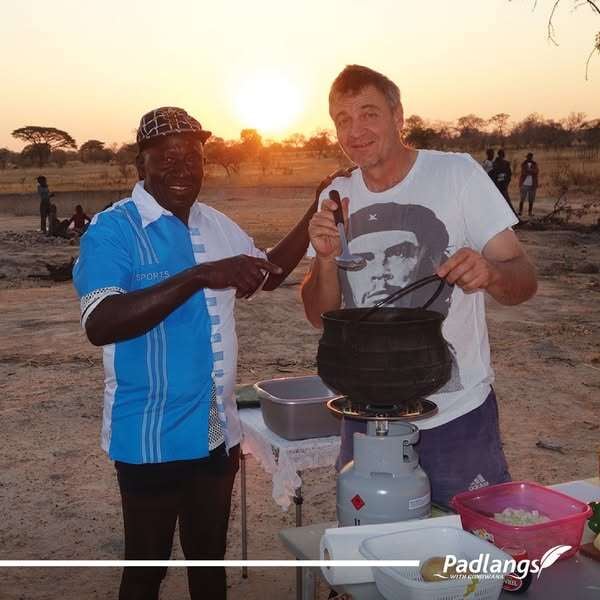
In a 2000 documentary, just a year before Korda passed away, he reflected: “I was fortunate to capture this image and leave something behind for the world. I didn’t leave behind grand buildings, yachts, or wealth—none of that. But I left behind an example of my work during my time on this earth.”
(References: Wikipedia; Photographer Alberto Korda known for portrait of Che Guevara - YouTube)


.png)
.jpg)
.jpg)


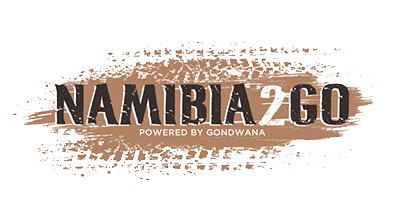

.png)
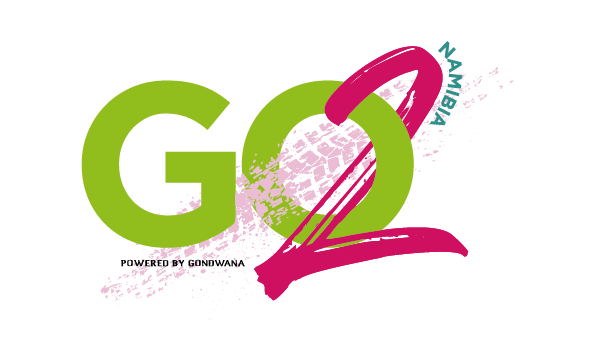
SUBMIT YOUR COMMENT